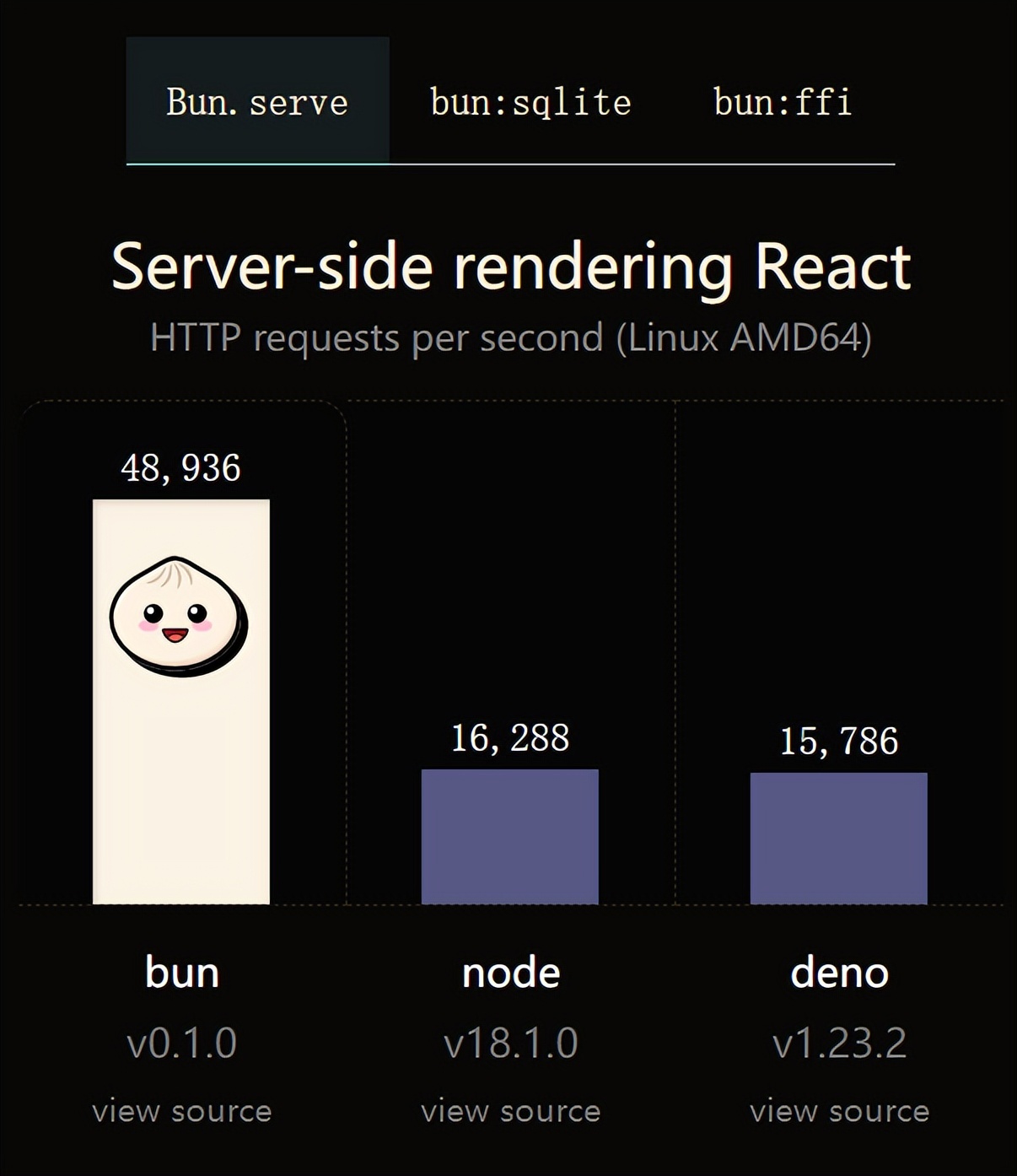 Web Front-end
Web Front-end JS Tutorial
JS Tutorial How to manage sessions? Use redis to manage sessions under nodejs express
How to manage sessions? Use redis to manage sessions under nodejs expressThis article mainly introduces the detailed explanation of using redis to manage sessions under nodejs express. It has certain reference value. Interested friends can refer to it.
Session Implementation Principle
There are many ways to implement request authentication. One of the widely accepted methods is to use the Session ID generated on the server side combined with the browser's Cookie implementation. Session management generally includes the following four steps:
1. Server-side generation of Session ID
2. Server-side and client-side storage of Session ID
3. Extract the Session ID from the HTTP Header
4. Obtain the requester’s identity information from the server-side Hash based on the Session ID
Implementation of Session management using Express and Redis
var session = require('express-session');
var RedisStrore = require('connect-redis')(session);
var config={
"cookie" : {
"maxAge" : 1800000
},
"sessionStore" : {
"host" : "192.168.0.13",
"port" : "6379",
"pass" : "123456",
"db" : 1,
"ttl" : 1800,
"logErrors" : true
}
app.use(session({
name : "sid",
secret : 'Asecret123-',
resave : true,
rolling:true,
saveUninitialized : false,
cookie : config.cookie,
store : new RedisStrore(config.sessionStore)
}));Implementation stack
express-session calling code after instantiation (github.com/expressjs/session)
if (!req.sessionID) {
debug('no SID sent, generating session');
generate();
next();
return;
}generate method call (github.com/expressjs/session)
store.generate = function(req){
req.sessionID = generateId(req);
req.session = new Session(req);
req.session.cookie = new Cookie(cookieOptions);
if (cookieOptions.secure === 'auto') {
req.session.cookie.secure = issecure(req, trustProxy);
}
};Call store.set(sid, session, callback)(github.com/expressjs/session)
when RedisStore is instantiated.store.set calls RedisStore.prototype.set (github.com/tj/connect-redis), where the seat hashkey uses the prefix + sessonId. The default value of the prefix is 'sess'. Multiple applications share and do not share the same When serving a redis session, be sure to set the prefix
RedisStore.prototype.set = function (sid, sess, fn) {
var store = this;
var args = [store.prefix + sid];
if (!fn) fn = noop;
try {
var jsess = store.serializer.stringify(sess);
}
catch (er) {
return fn(er);
}
args.push(jsess);
if (!store.disableTTL) {
var ttl = getTTL(store, sess);
args.push('EX', ttl);
debug('SET "%s" %s ttl:%s', sid, jsess, ttl);
} else {
debug('SET "%s" %s', sid, jsess);
}
store.client.set(args, function (er) {
if (er) return fn(er);
debug('SET complete');
fn.apply(null, arguments);
});
};store.client.set is called (github.com/NodeRedis/node_redis)
Finally call the native redis.hset method
The above is the detailed content of How to manage sessions? Use redis to manage sessions under nodejs express. For more information, please follow other related articles on the PHP Chinese website!
 Vercel是什么?怎么部署Node服务?May 07, 2022 pm 09:34 PM
Vercel是什么?怎么部署Node服务?May 07, 2022 pm 09:34 PMVercel是什么?本篇文章带大家了解一下Vercel,并介绍一下在Vercel中部署 Node 服务的方法,希望对大家有所帮助!
 node.js gm是什么Jul 12, 2022 pm 06:28 PM
node.js gm是什么Jul 12, 2022 pm 06:28 PMgm是基于node.js的图片处理插件,它封装了图片处理工具GraphicsMagick(GM)和ImageMagick(IM),可使用spawn的方式调用。gm插件不是node默认安装的,需执行“npm install gm -S”进行安装才可使用。
 火了!新的JavaScript运行时:Bun,性能完爆NodeJul 15, 2022 pm 02:03 PM
火了!新的JavaScript运行时:Bun,性能完爆NodeJul 15, 2022 pm 02:03 PM今天跟大家介绍一个最新开源的 javaScript 运行时:Bun.js。比 Node.js 快三倍,新 JavaScript 运行时 Bun 火了!
 nodejs中lts是什么意思Jun 29, 2022 pm 03:30 PM
nodejs中lts是什么意思Jun 29, 2022 pm 03:30 PM在nodejs中,lts是长期支持的意思,是“Long Time Support”的缩写;Node有奇数版本和偶数版本两条发布流程线,当一个奇数版本发布后,最近的一个偶数版本会立即进入LTS维护计划,一直持续18个月,在之后会有12个月的延长维护期,lts期间可以支持“bug fix”变更。
 聊聊Node.js中的多进程和多线程Jul 25, 2022 pm 07:45 PM
聊聊Node.js中的多进程和多线程Jul 25, 2022 pm 07:45 PM大家都知道 Node.js 是单线程的,却不知它也提供了多进(线)程模块来加速处理一些特殊任务,本文便带领大家了解下 Node.js 的多进(线)程,希望对大家有所帮助!
 node爬取数据实例:聊聊怎么抓取小说章节May 02, 2022 am 10:00 AM
node爬取数据实例:聊聊怎么抓取小说章节May 02, 2022 am 10:00 AMnode怎么爬取数据?下面本篇文章给大家分享一个node爬虫实例,聊聊利用node抓取小说章节的方法,希望对大家有所帮助!


Hot AI Tools

Undresser.AI Undress
AI-powered app for creating realistic nude photos

AI Clothes Remover
Online AI tool for removing clothes from photos.

Undress AI Tool
Undress images for free

Clothoff.io
AI clothes remover

AI Hentai Generator
Generate AI Hentai for free.

Hot Article

Hot Tools

SAP NetWeaver Server Adapter for Eclipse
Integrate Eclipse with SAP NetWeaver application server.

Dreamweaver Mac version
Visual web development tools

SecLists
SecLists is the ultimate security tester's companion. It is a collection of various types of lists that are frequently used during security assessments, all in one place. SecLists helps make security testing more efficient and productive by conveniently providing all the lists a security tester might need. List types include usernames, passwords, URLs, fuzzing payloads, sensitive data patterns, web shells, and more. The tester can simply pull this repository onto a new test machine and he will have access to every type of list he needs.

SublimeText3 Linux new version
SublimeText3 Linux latest version

EditPlus Chinese cracked version
Small size, syntax highlighting, does not support code prompt function






